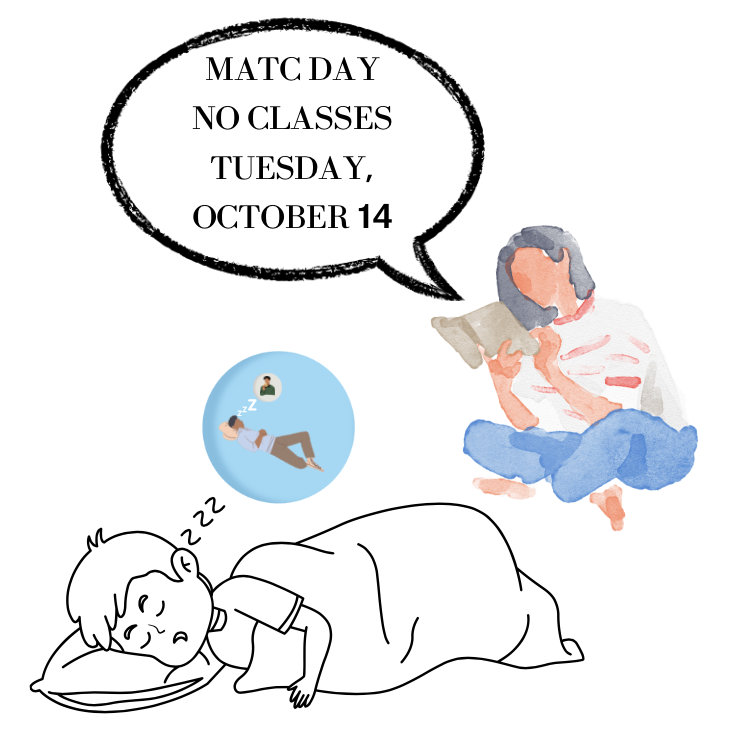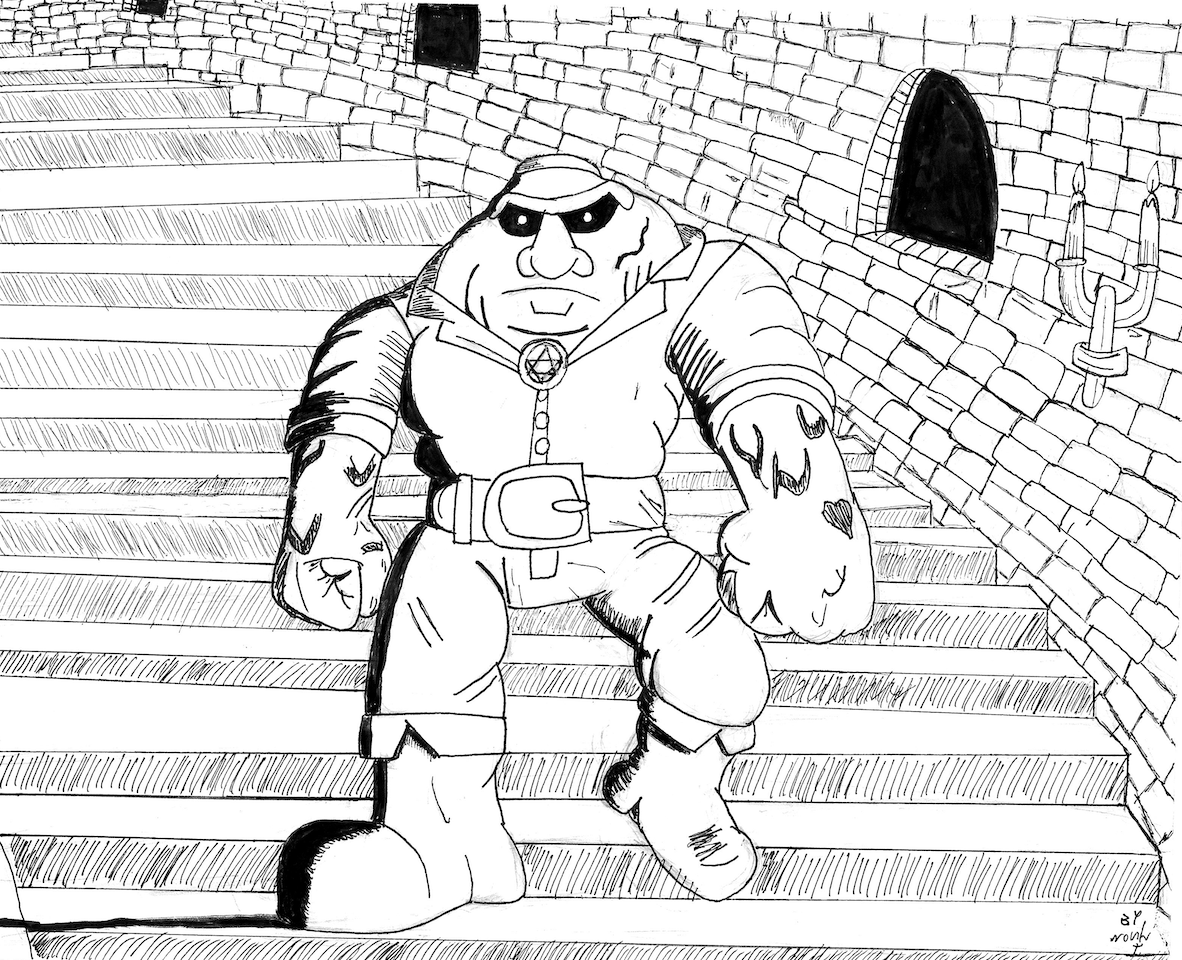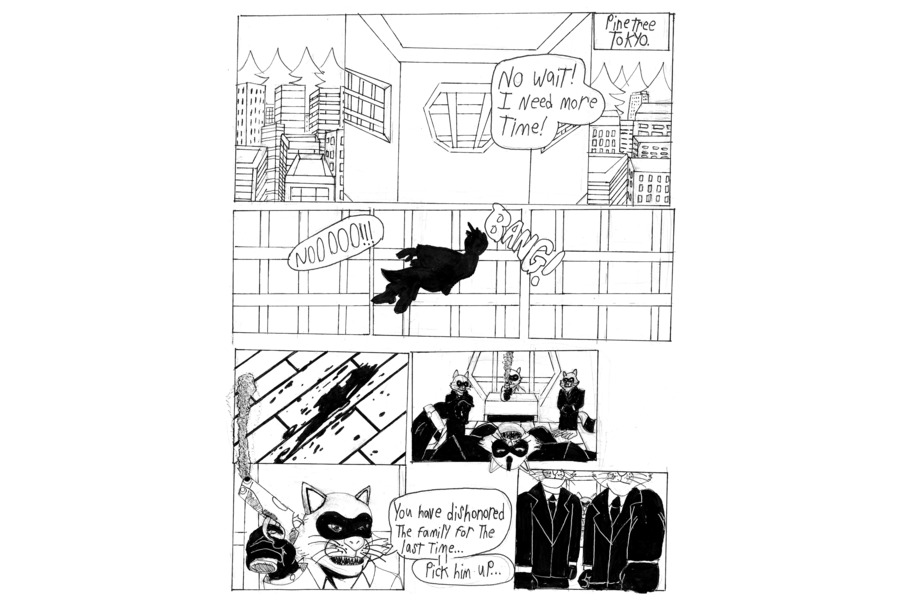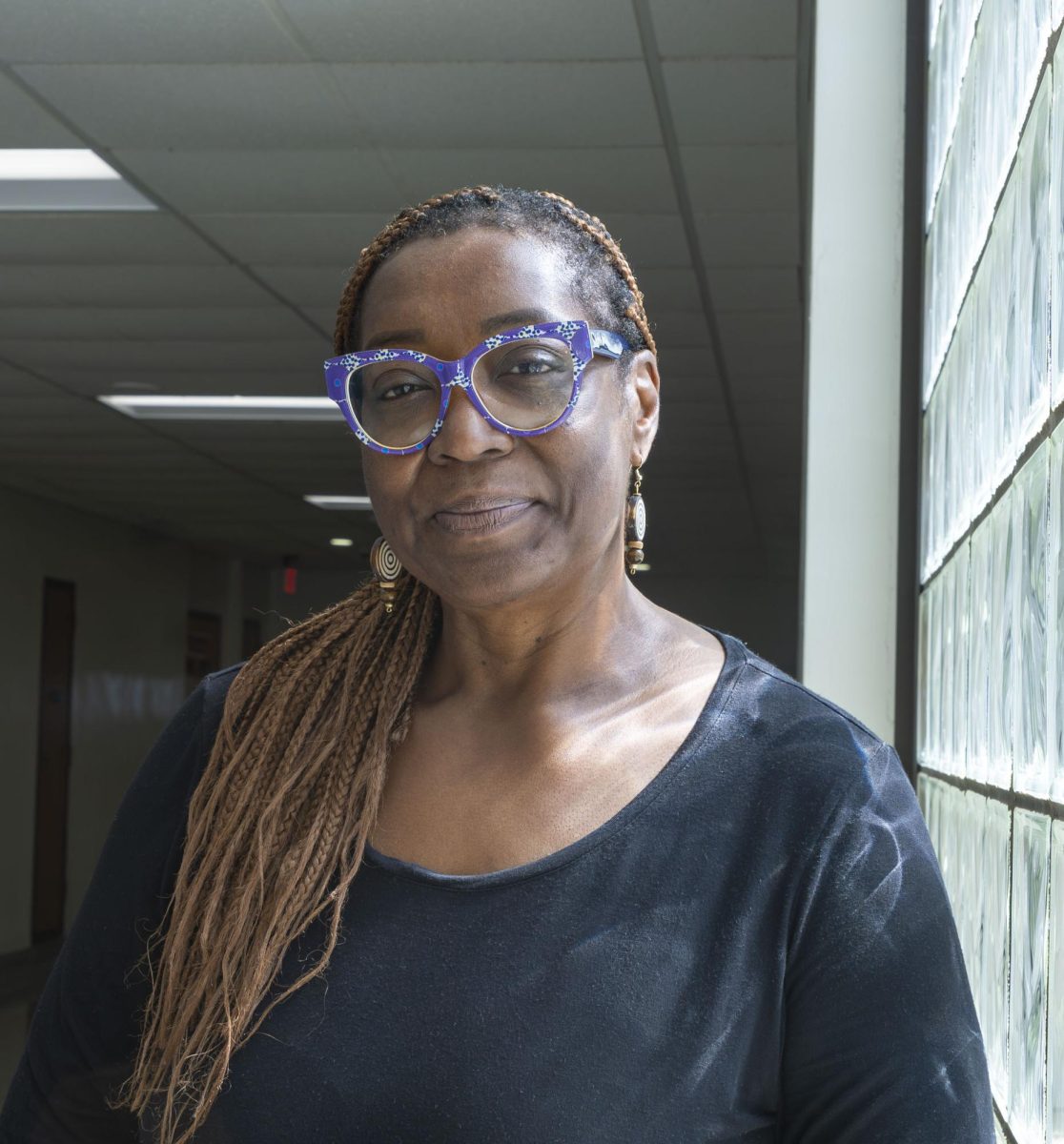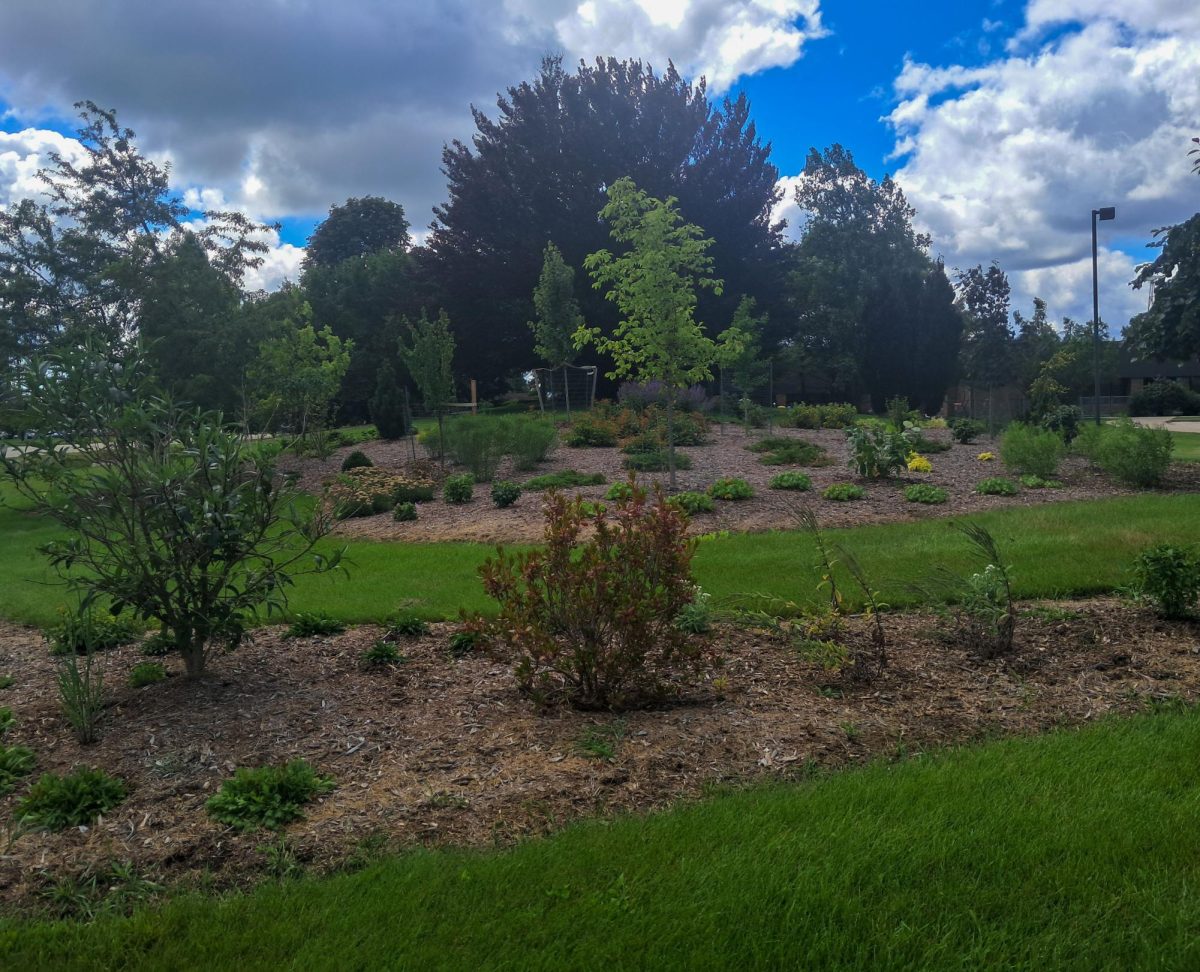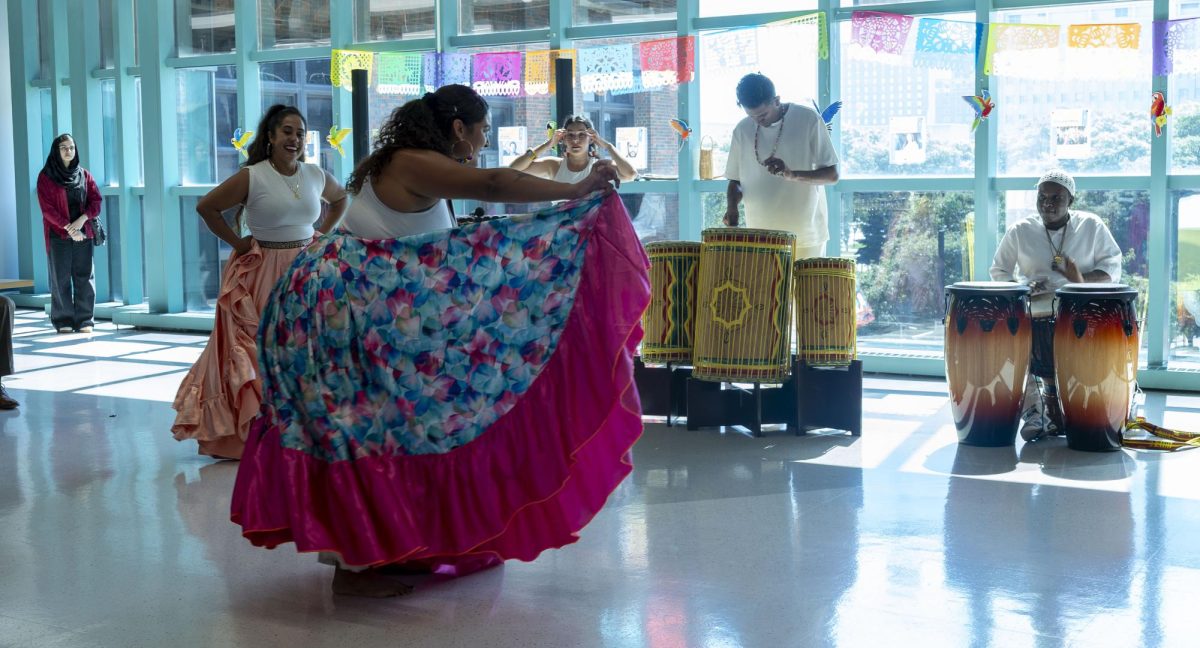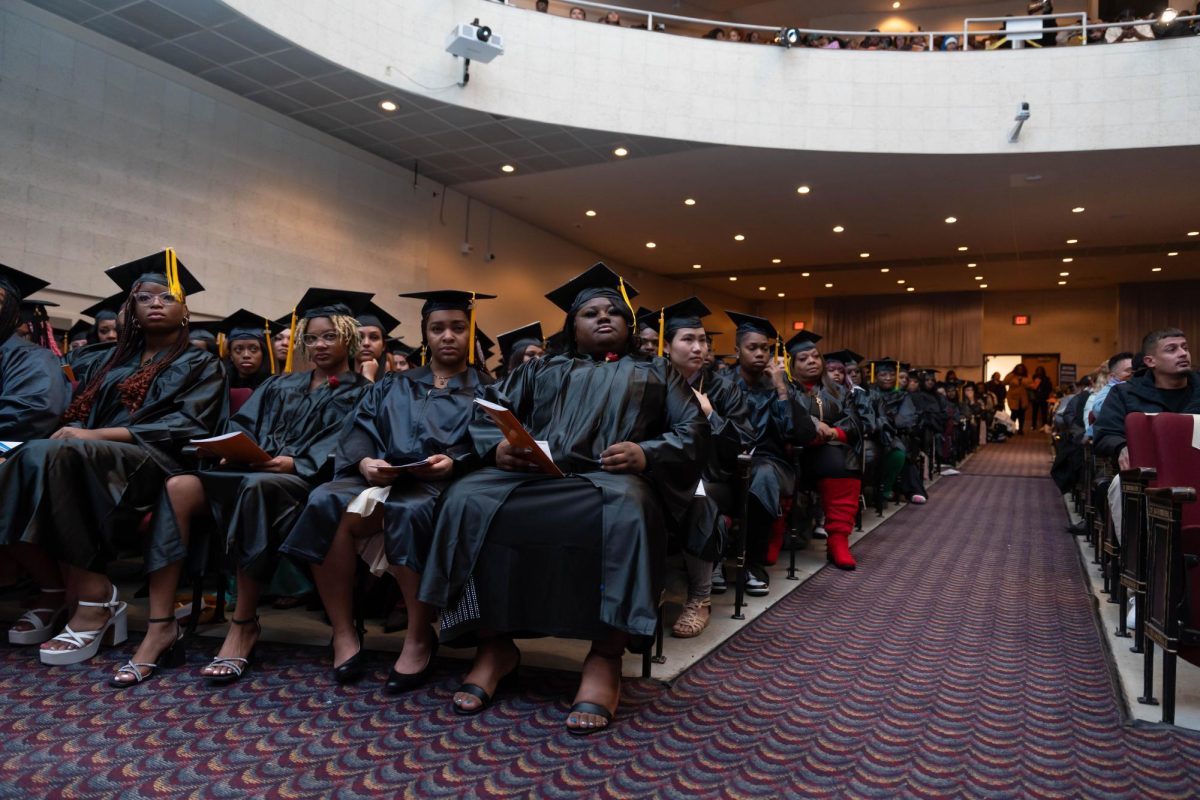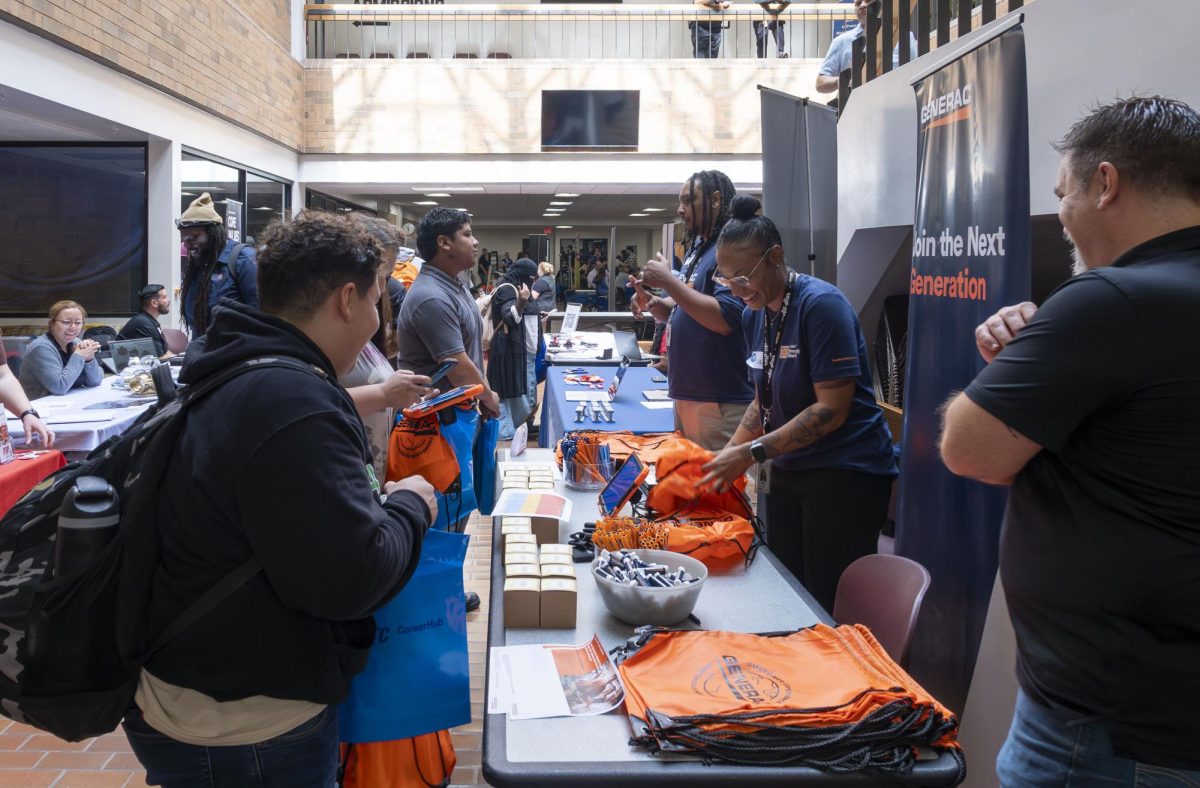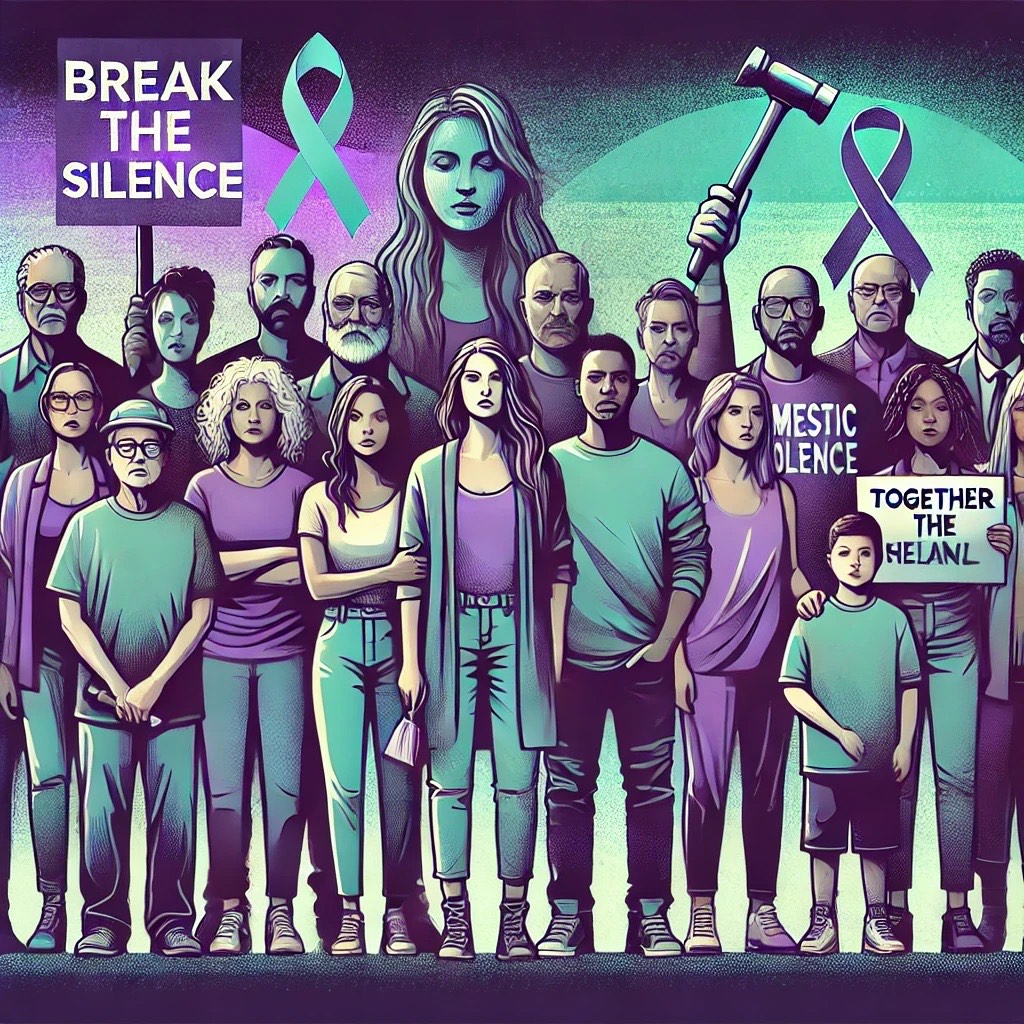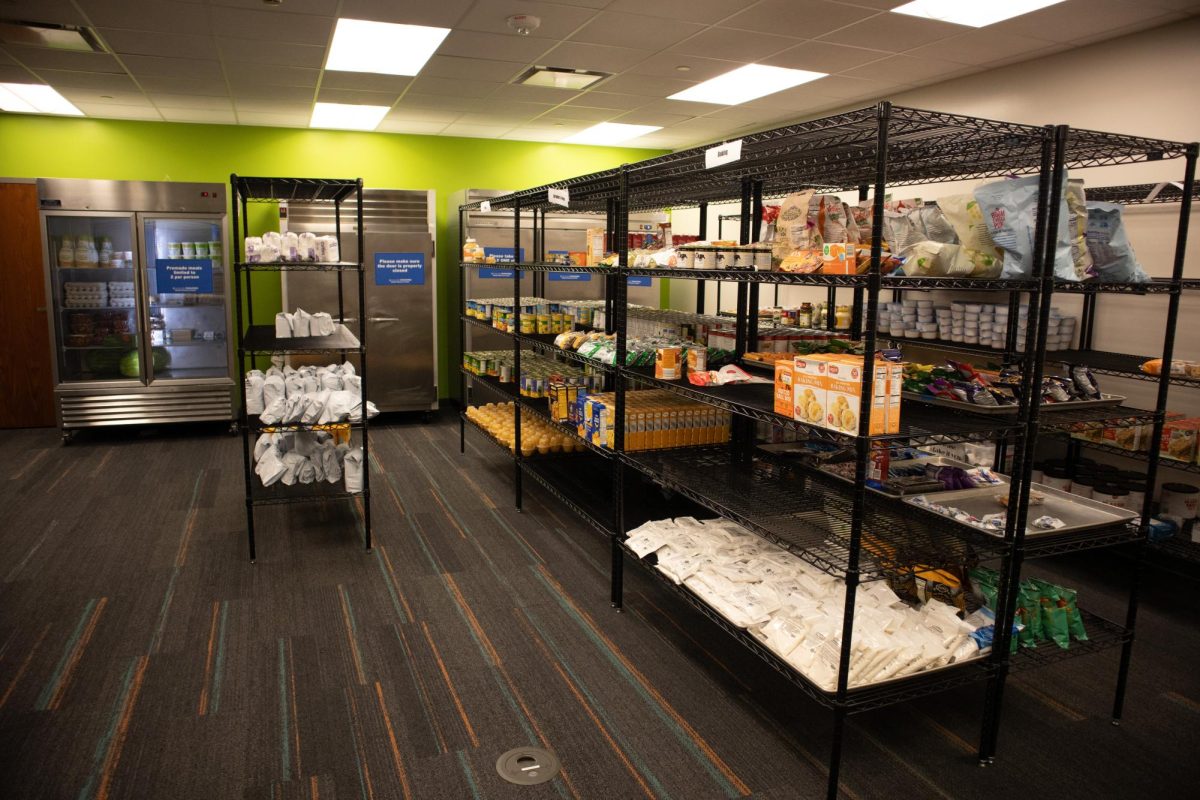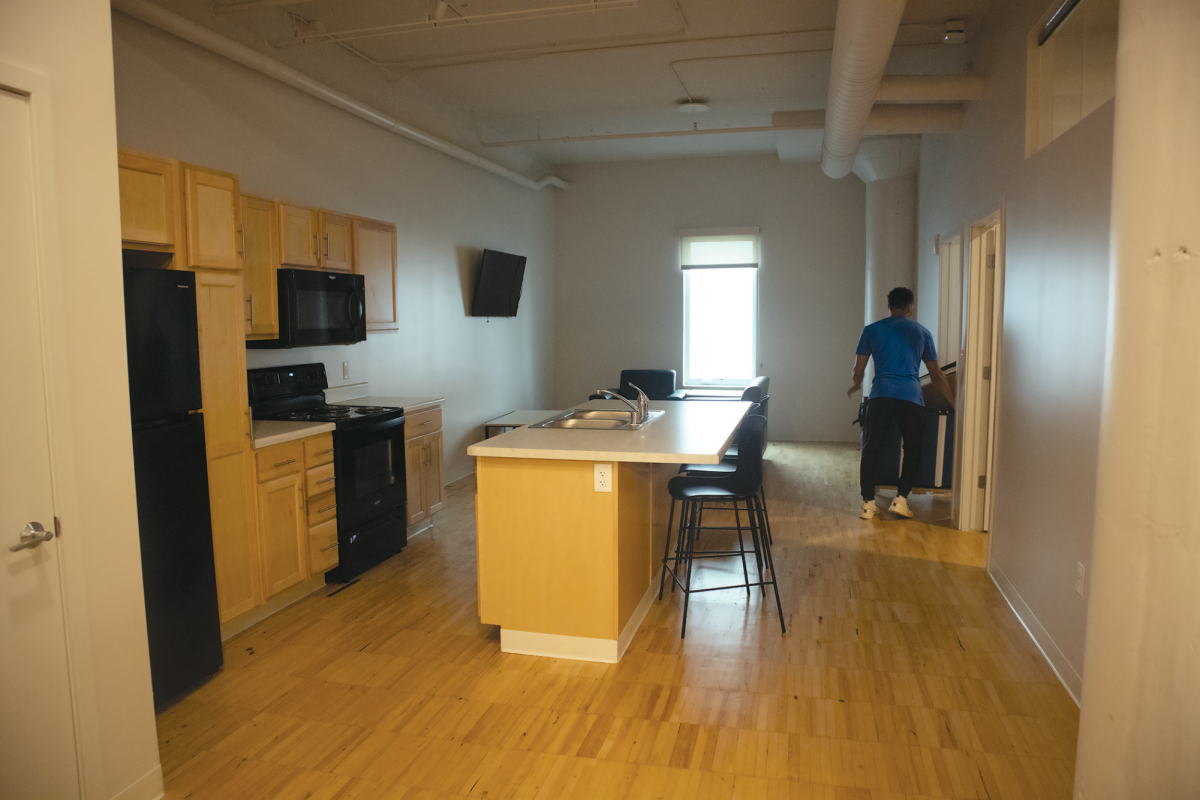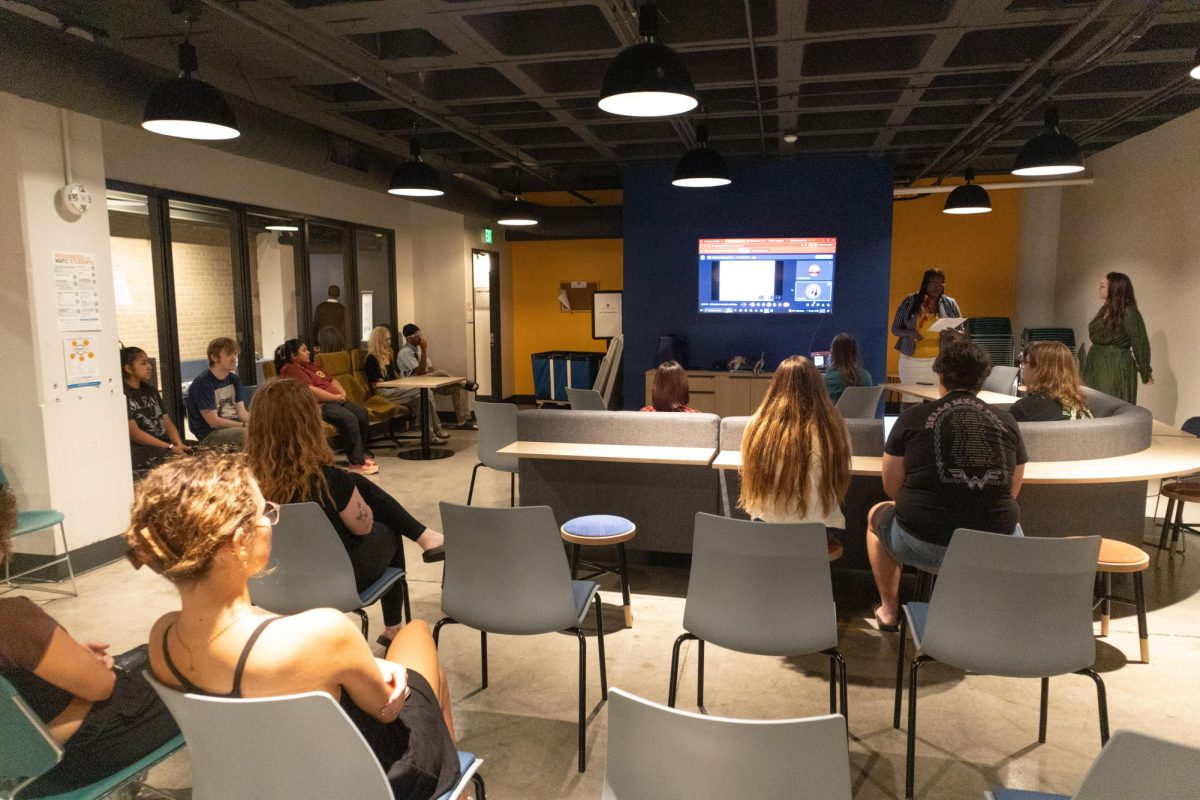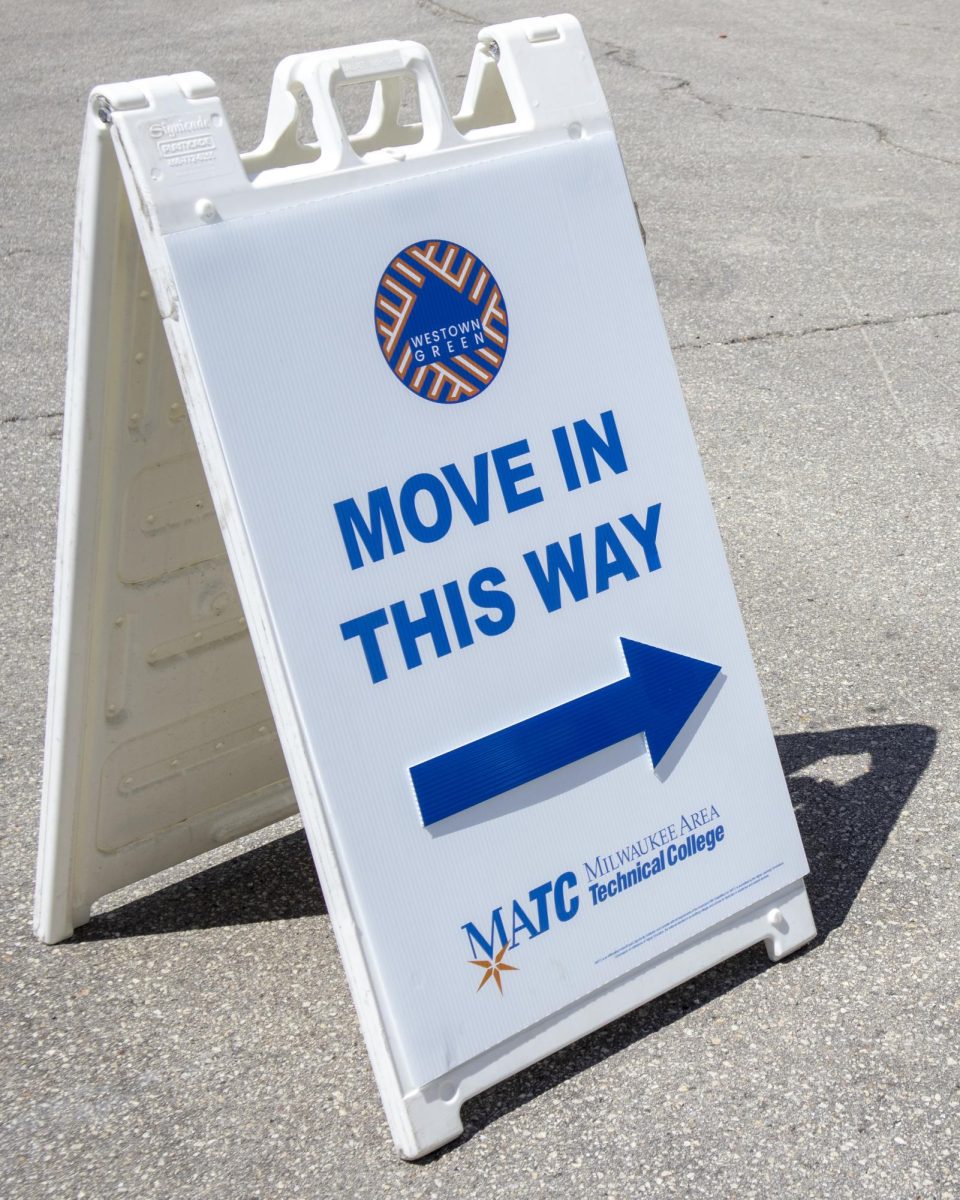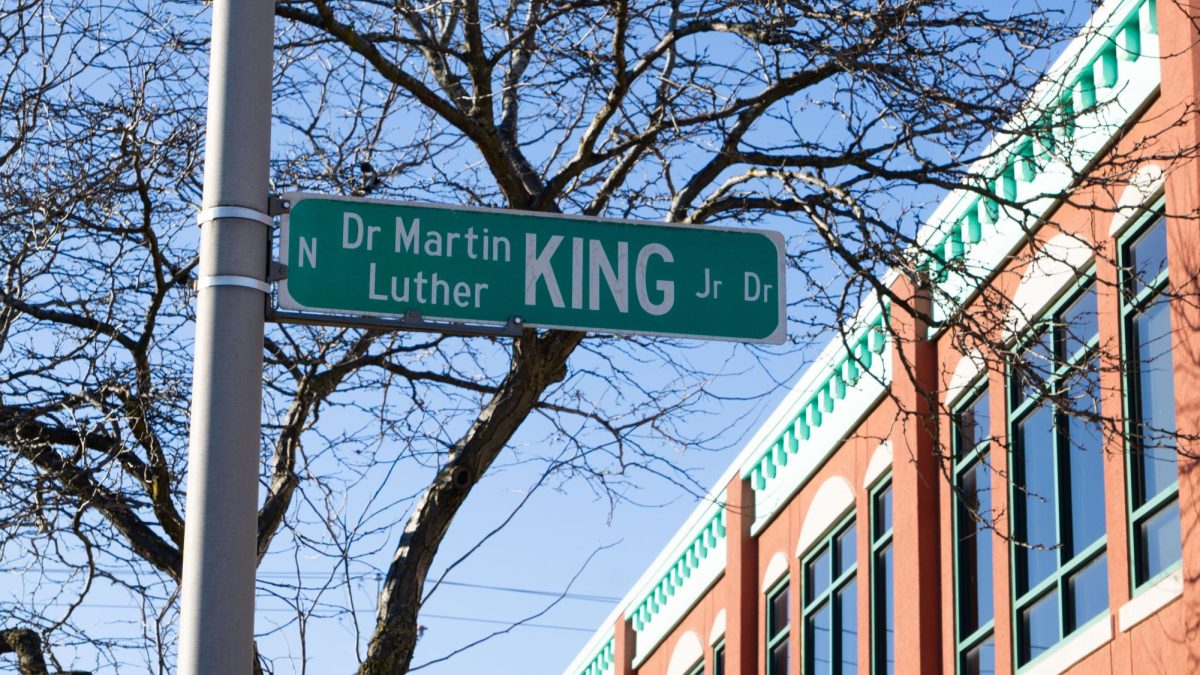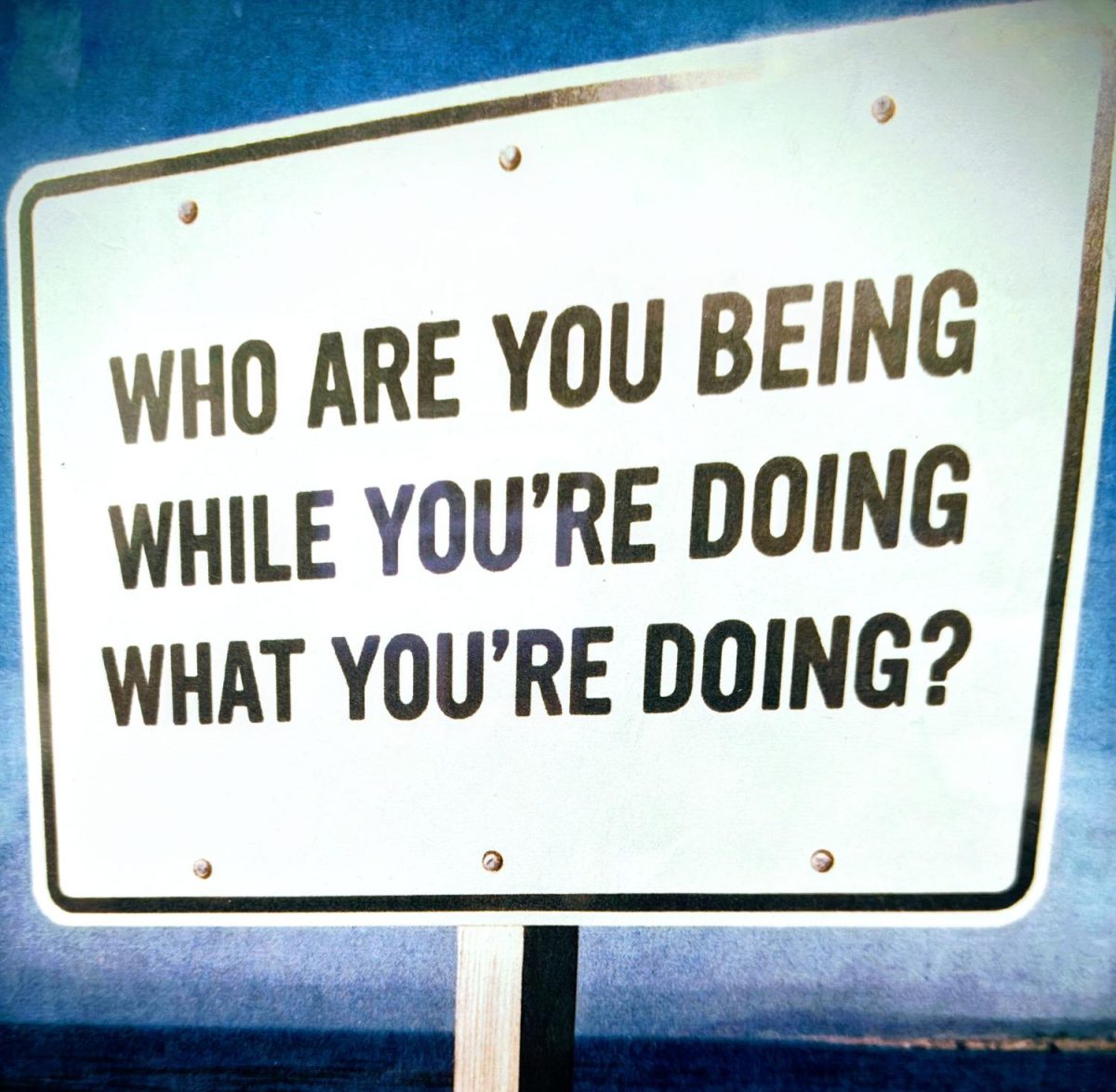Domestic violence happens in every community and affects all people regardless of their age, social status, sexual orientation, gender, race, religion or nationality. Physical abuse is often part of a broader pattern of abuse that victims suffer. This type of violence can lead to physical injury, psychological trauma and in severe cases, even death.
According to the National Child Traumatic Stress Network, an average of 20 people are physically abused by their partners every minute. One in three women and one in five men experience physical abuse from an intimate partner, and one in five women and one in seven men have suffered from severe abuse.
How Do I Know If I’m in an Abusive Relationship?
The definition of domestic abuse is a pattern of abusive behavior in any relationship that is used by one partner to gain or maintain power over another intimate partner. This can include the following types of abuse:
- Psychological
- Physical
- Sexual
- Financial
- Emotional
- Technological
- Threats of action
- Coercive behavior
Controlling behavior is a range of acts designed to make a person subordinate and/or dependent by isolating them from sources of support, exploiting their resources and capacities for personal gain, depriving them of the means needed for independence, resistance, and escape as well as regulating their everyday activities.
Coercive behavior is an act or a pattern of acts of assault, threats, humiliation and intimidation or other abuse that is used to harm, punish or frighten their victim.
Some Common Abusive/Violent Behaviors:
- Policing what you say, who you speak to and when
- Putting you down and making threats
- On and off behavioral pattern
You May be Feeling:
- Poor mental health
- Lost and lonely
- Traumatized
If you or someone you know is suffering from domestic violence, these resources may help:
The National Domestic Violence Helpline is available 24/7 at 800-799-7233
TTY: 1-800-787-3224
Text BEGIN to 88788
For emergency shelter, food and family health services, dial 211
For more information on domestic violence resources, visit city.milwaukee.gov. October was a time to acknowledge domestic violence survivors and be a voice for its victims. We did not want to let that month go by unacknowledged.




